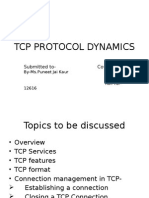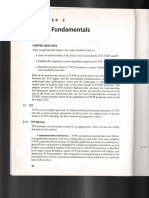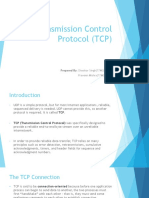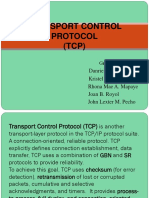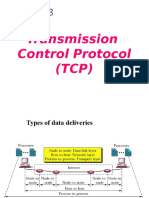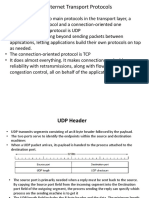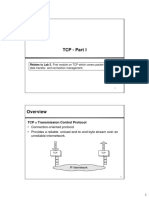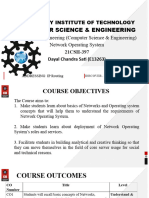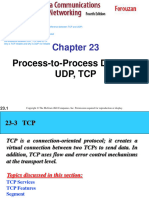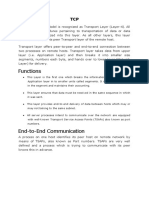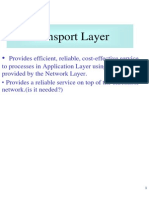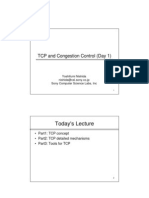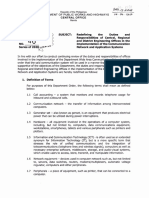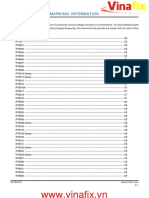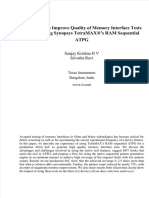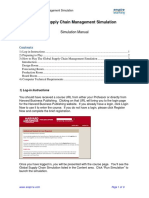0% found this document useful (0 votes)
66 views22 pagesChapter 7 Part 2
TCP is a connection-oriented transport layer protocol that provides reliable data transmission through three-way handshake connection establishment, acknowledgment-based error and flow control, and connection termination. It maintains order and prevents loss of data by numbering bytes, using acknowledgments and retransmissions. TCP headers contain source/destination port numbers, sequence numbers, acknowledgment numbers and flags to support these functions.
Uploaded by
Aarti SavaliyaCopyright
© © All Rights Reserved
We take content rights seriously. If you suspect this is your content, claim it here.
Available Formats
Download as PDF, TXT or read online on Scribd
0% found this document useful (0 votes)
66 views22 pagesChapter 7 Part 2
TCP is a connection-oriented transport layer protocol that provides reliable data transmission through three-way handshake connection establishment, acknowledgment-based error and flow control, and connection termination. It maintains order and prevents loss of data by numbering bytes, using acknowledgments and retransmissions. TCP headers contain source/destination port numbers, sequence numbers, acknowledgment numbers and flags to support these functions.
Uploaded by
Aarti SavaliyaCopyright
© © All Rights Reserved
We take content rights seriously. If you suspect this is your content, claim it here.
Available Formats
Download as PDF, TXT or read online on Scribd
/ 22

